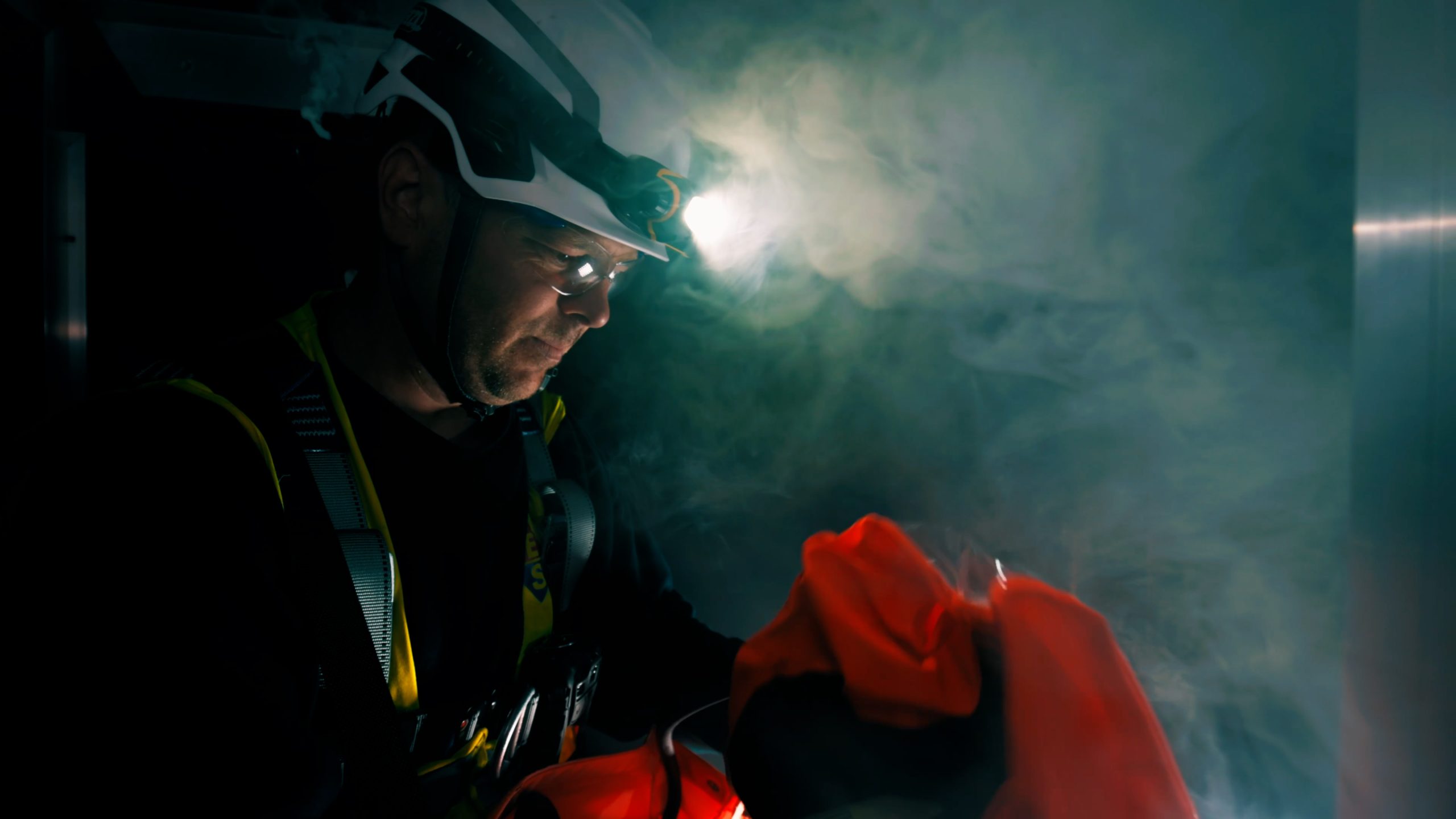
Frequently Asked Questions about Confined Spaces
Below we answer some of the frequently asked questions surrounding working in confined spaces and confined space regulations.
Q: What is a confined space?
A: The Confined Space Regulations 1997 state: A ‘confined space’ means any place, including any chamber, tank, vat, silo, pit, trench, pipe, sewer, flue, well or other similar space in which, by virtue of its enclosed nature, there arises a reasonably foreseeable specified risk.
Not sure if you have confined spaces on your premises? Book our confined space consultancy & audit services to assess your site and identify confined space training and PPE requirements.
Q: What are confined space specified risks?
A: Every situation is different and therefore requires a specific approach. Risks vary per confined space. Some of the most common risks are:
- Risk of serious injury to any person arising from fire or explosion
- Loss of consciousness to any person arising from:
- Increase in body temperature or
- loss of consciousness or asphyxiation arising from gas and fumes or vapour, or a lack of oxygen.
- Drowning of any person from an increased level of the liquid
- Asphyxiation of any person from a free-flowing solid or inability to reach respirtable atmosphere
These specified risks may not be present during your initial risk assessment but you may wish to consider: Will the work to be done in the space introduce one or more of these risks? If your answer is YES then you will have a confined space.
Q: When is confined space training required?
A: Working in a confined space has many foreseeable risks and adequate training on how to enter a confined space and work in a confined space is a requirement of the Confined Spaces Regulations 1997. There is a difference between confined space health and safety awareness training and skills training on how to work in a substantially enclosed space that may have a lack of oxygen, free-flowing solids and other hazardous substances.
Lack of correct confined space training is a major contributing factor in the fatal and major injury accidents in the workplace. An employer, as a minimum, MUST make employees aware of the dangers of working in a confined space provide adequate training on the foreseeable risks and carry out a risk assessment that details a safe system of work.
Q: Is a refresher confined space training required and why?
A: As well as receiving the correct training, workers should be regularly appraised and receive training refreshers to ensure that your skills and knowledge remain current and effective in maintaining safety standards. Over time, safety protocols and regulations can change, and regular refresher training helps you stay updated on the latest best practices. Additionally, it reinforces critical safety procedures and correct use of equipment, reducing the risk of accidents and injuries in confined spaces. Regular training also helps identify and address any gaps in knowledge or skills that may have developed since the initial training, ensuring a consistently high level of safety awareness and competence.
Q: What confined space training is available at Eurosafe?
A: Eurosafe can provide a range of market-leading confine space training programmes built around workers’ individual requirements and developed to provide them with an appropriate level of training.

















